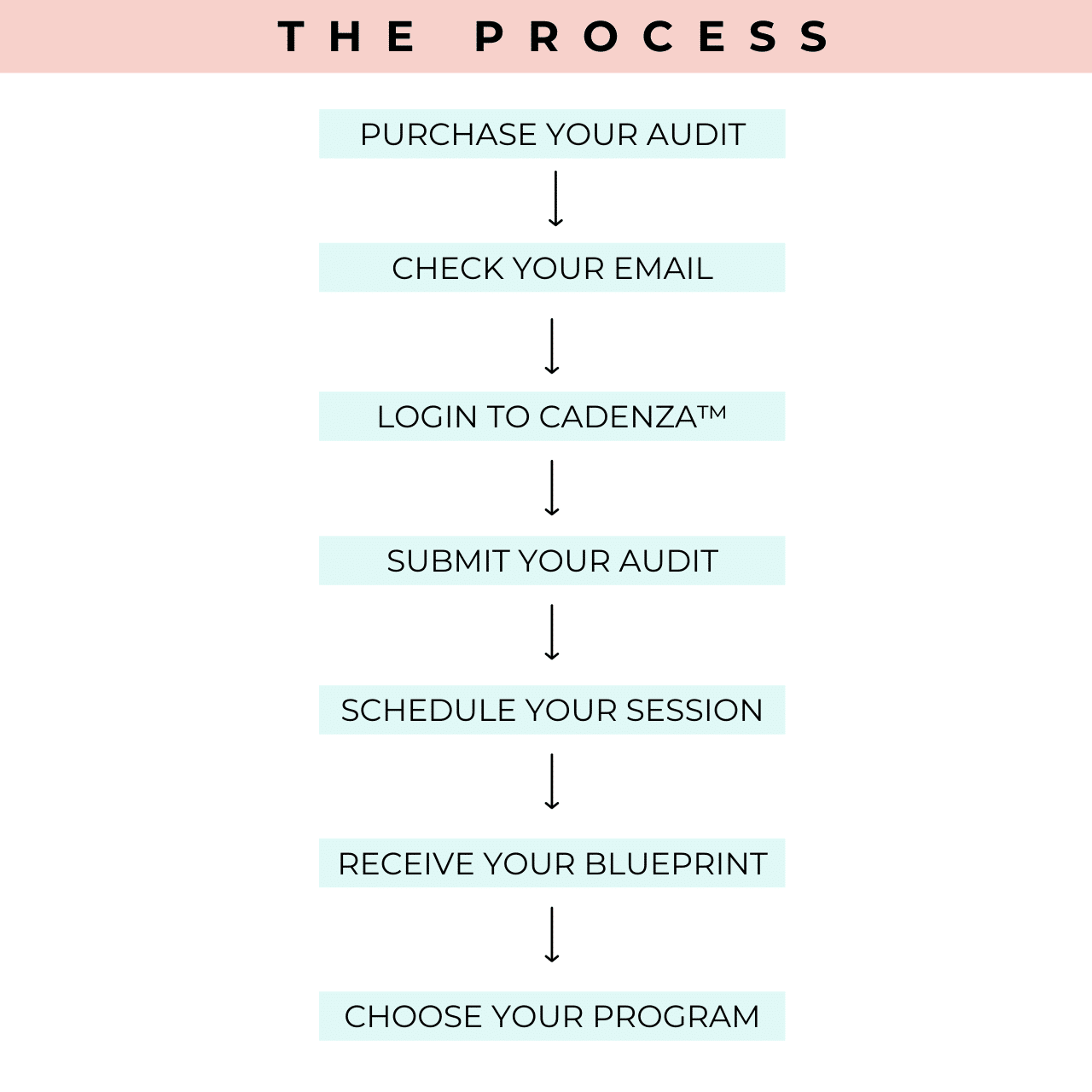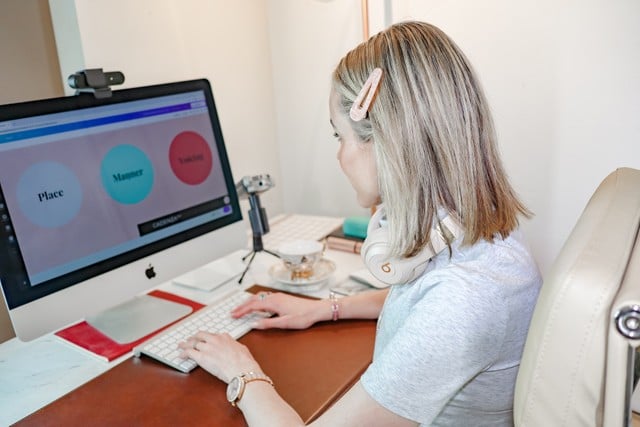
Filler Sounds...
Do you use “um” or “ah” a lot as your filler sounds of preference?
I meet a lot of people who have a massive aversion to filler sounds.
Each time they tell me how traumatised they are to hear them come out, I beg a reality check.
We don’t use teleprompt in the meetings, conversations and speeches that matter.
As a result, a natural outcome will be some “ums” and “ah” sounds scattered throughout your words.
Is this bad?
Yes, sure. It’s definitely not ideal.
Fillers increase the noise content ratio.
If you’re aiming for maximal impact, you want your listener to get powerful content at a high ratio. And fillers will reduce your impact by sending a signal that has less meaningful content.
But the reality of this, is that you can always get away with a few fillers here in there.
The chance of removing fillers completely from your speaking is pretty pitiful.
I’d give up on hating them and focus instead on more practical matters like:
- What preceded your filler sound
- How often did your filler sound pop up
- Do certain scenarios or environments increase your risk of fillers
And then get some targetted strategies to address the cause of the filler.
See, fillers are symptoms of language structure breakdown and high-performance communication pressure.
In today’s episode of The Little Shot™, I want to give you more background about fillers. You’re going to learn which filler is the best to use and why, as well as some interesting research on the fillers males and females use.
I hope you like this one!
Scroll to watch 5-minute episode and learn more about filler sounds so you know which is the best to use in the worst case scenario!
Filler Sounds
Episode 23This little shot is scheduled for 10 am on Tuesday the 20th of October. If you arrive here earlier, don’t forget to turn on notifications via the YouTube premiere button so you can be first to know once the mini-tutorial pushes live.
Do you know which filler you use the most?
Why not find out? On this page you can optin for our comprehensive Filler workbook. The activities in this workbook will help you identify what your main fillers are and give you a few ideas for reducing them!
I hope you found this Little shot as fascinating as I did preparing it. If you liked it, don’t forget to give it a thumbs up and perhaps help me out by adding a comment on our channel about the video. This helps more people access my content by firing up the YouTube algorithm.
Thanks so much for watching and I’ll see you next time!
Ciao for now!
xxx
References
Michiko, W., Yusaku, K., & Yuma, S. (2019). “Uh” is preferred by male speakers in informal presentations in American English. Proceedings of DiSS 2019, 12 – 13 September 2019, ELTE Eötvös Loránd University, Budapest, Hungary
Niebuhr, Oliver & Fischer, Kerstin. (2019). Do not Hesitate! — Unless You Do it Shortly or Nasally: How the Phonetics of Filled Pauses Determine Their Subjective Frequency and Perceived Speaker Performance. 544-548. 10.21437/Interspeech.2019-1194.

The Little Shot™ pops live every Tuesday at 10 am AEST in the form of mini shots for your communication that hit hard like a good espresso ☕️!
What do you Get?
Weekly expressive fuel to give your communication competitive advantage. The Little Shot™ episodes are so powerful they could even substitute for your morning coffee shot. And remember, lots of Little Shots, make A Big Shot! If you want to be a big shot communicator, these episodes will assist you in getting there.
Get Your Question featured on a future The Little Shot™ Episode.
If you have a question about communication, submit it via email direct to Sarah (hello@thevoicescience.com) and she will give you a tailored answer in a future episode.






